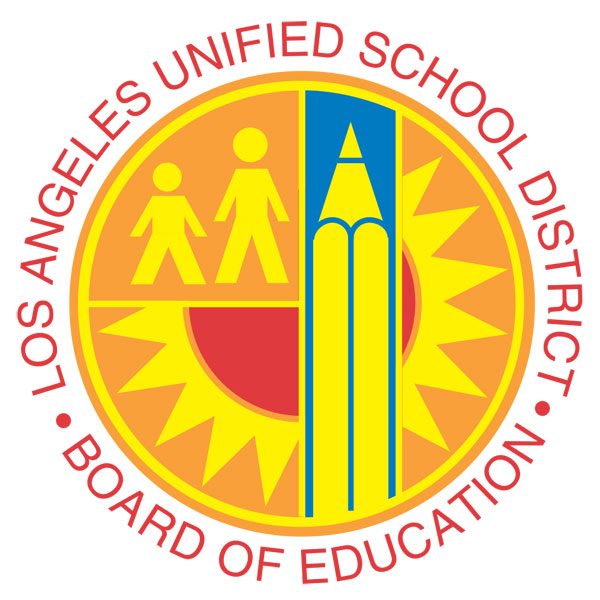
February 27, 2018; LA School Report
A half-century ago, writes Esmeralda Fabian Romero in the L.A. School Report, “thousands of young Latinos marched out of their East Los Angeles classrooms…for their right to be educated.” March 1st marked the start of a set of student walkouts—or “blowouts,” as they were often called—and marked a critical consciousness-raising event in the Chicano movement.
“Fifty years later,” Romero writes, “their bold action has reaped educational gains for Latinos, but they haven’t come fast enough, advocates say.”
“[Latinx] students in 1968 had no textbooks reflecting their history or their culture,” notes Romero. “They had to refrain from speaking Spanish at school. Teachers and school leaders didn’t look like them. Classrooms were overcrowded.”
By contrast, Romero adds, “Today’s [Latinx] students, who make up three-quarters of LA Unified, have access to all classes required for entrance into the state’s public universities, known as A-G courses. They can study in bilingual programs and take ethnic studies courses that teach about their culture and history. Many more are graduating and attending college. But their academic achievement and college graduation rates still lag their peers.” In LA Unified last year, only 24 percent of Latinx students rated “proficient” in math and 34 percent in English.
“We’re not there yet. There are gaps in opportunity, there are gaps in achievement, in performance, and those have rooted in the institutional racism and classism that our young people fought against back then,” says Mónica García, president of LA Unified’s school board. García, notes Romero, is “only the third Latina to serve on the board.”
García calls herself a “proud East LA Chicana.” But she paints a mixed picture. “We have seen progress. It has taken too long, but it is happening.” One challenge has been resources. In 1968, per pupil education spending in California ranked fifth nationally. Today, depend on the criteria used, California ranks between 37th and 46th.
Latinx students, by and large, are graduating. In LA Unified, the Latinx dropout rate last year was 14 percent. But only 39 percent the district’s Latinx graduating high school seniors were deemed college- and career-ready.
Sign up for our free newsletters
Subscribe to NPQ's newsletters to have our top stories delivered directly to your inbox.
By signing up, you agree to our privacy policy and terms of use, and to receive messages from NPQ and our partners.
Back in 1968, on March 11th, 1,400 students gathered at a special meeting of LA Unified’s Board of Education, only to hear their pleas refused. But today, Romero adds, “much of what they fought for has come to fruition.”
“The students,” Romero explains, “demanded courses that reflected Mexican-American history and culture, bilingual education, and more teachers, counselors, and administrators of Mexican-American heritage.”
Today in LA Unified, 37 percent of teachers are Latinx, as well as 43 percent of school administrators and 38 percent of district officials. “But,” Romero adds, “as a state, California, which has the nation’s largest [Latinx] student population, also has the biggest [Latinx] teacher-student gap.”
García notes that, “This district today understands that it serves Mexican-American children, children of immigrants, people from all over the world. We embrace diversity, bilingual education, and we advocate for our children.”
Bobby Verdugo, one of the leaders of the 1968 Chicano student movement, says he believes education has improved. “We have young [Latinx] who are striving more vigorously for a better life. They see going to college as a real possibility. More [Latinx] are going and graduating from college, but the numbers are still poor.”
Verdugo, a second-generation Mexican-American, born and raised in East Los Angeles, says he sees many similarities between the Chicano blowouts of 1968 and the Dreamers’ resistance movement now. “We were being put down, we were being dehumanized.…That’s how we felt 50 years ago even though I was born here and my parents were born here.”
The Dreamers, Verdugo adds, “are admirable, they go to college without even knowing if they have a future here. That’s courageous.”
As for the courage of his compatriots in 1968, Verdugo adds, “Yes, we were afraid, we were kids! We could have been hurt or killed. But we were aware that we had to do something and change things for others.”—Steve Dubb











